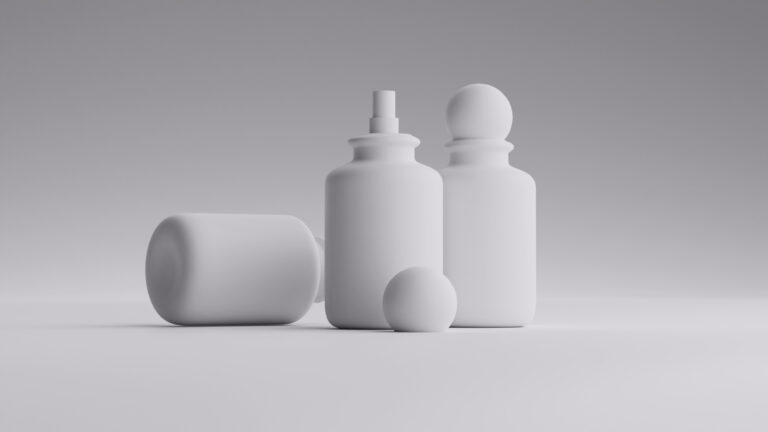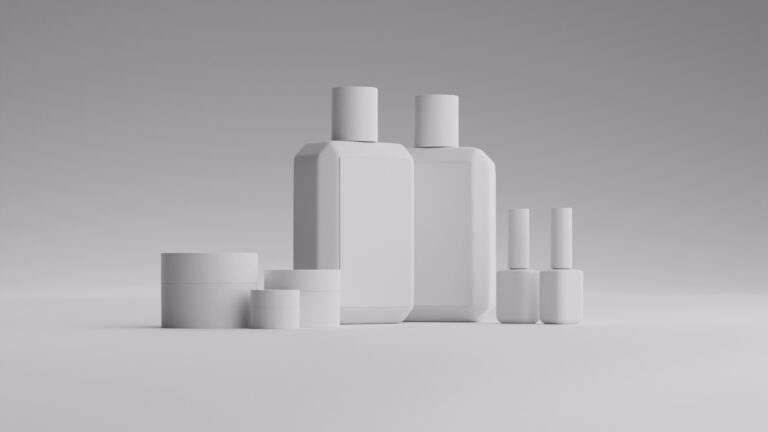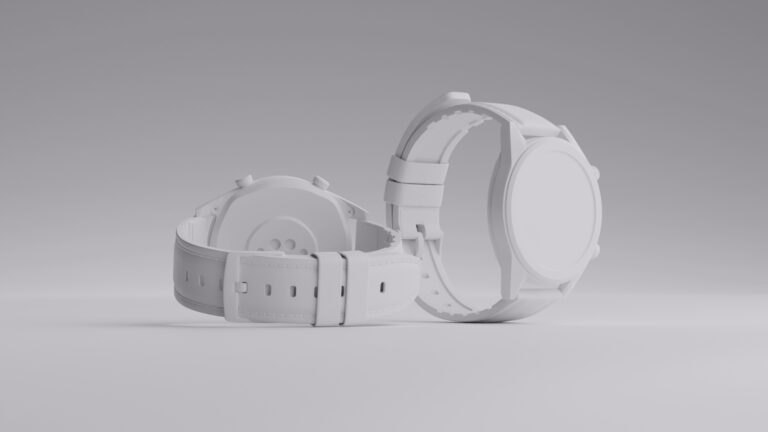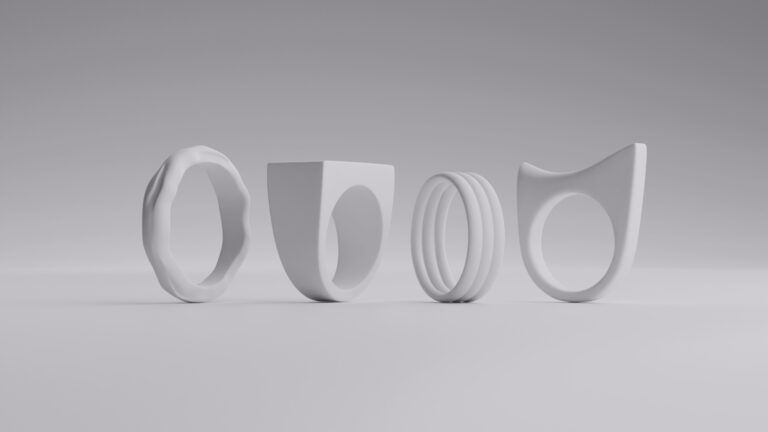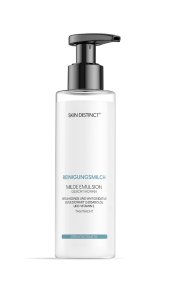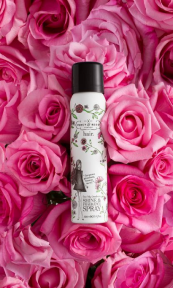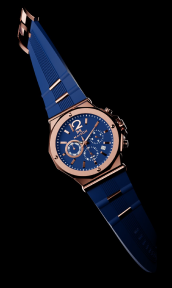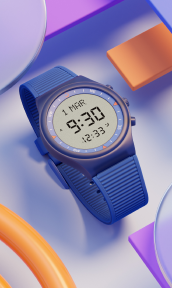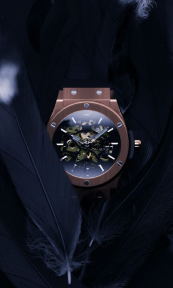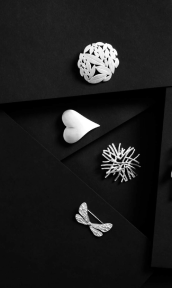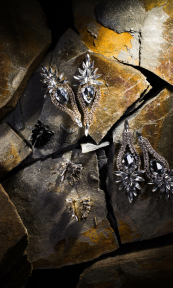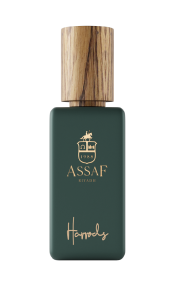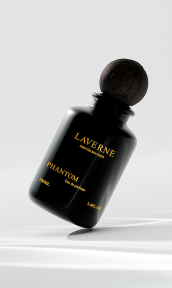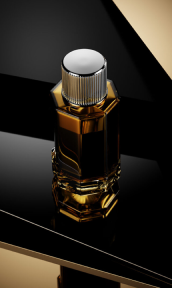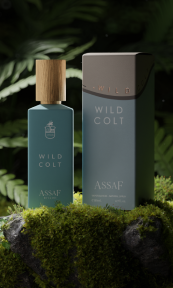Product photography has become more than just capturing your items against a white background. Good photography tells your brand’s unique story through compelling visuals that grab attention and drive conversions. As the digital marketplace becomes increasingly competitive, standing out with creative product photography has become essential for building a memorable brand identity and connecting with your target audience.
The evolution of e-commerce has transformed product photography from a simple documentation tool into an art form that shapes how customers perceive and interact with your brand. In this guide, we’ll explore innovative product photography examples that push creative boundaries and show you how to adapt these techniques to elevate your own visual identity.
Floating in mid-air: defying gravity with style

Suspended products create an element of wonder and intrigue that immediately catches the viewer’s eye. This technique works particularly well for lightweight items like clothing, accessories, and smaller electronics, making them appear weightless and magical.
The rise of levitation photography in e-commerce has shown remarkable engagement rates, with floating product images receiving up to 70% more interaction than traditional product shots. Major brands like Nike and Apple have successfully used this technique to showcase their products’ lightweight features and innovative designs.
Achieving the floating effect requires careful planning and execution. While complex setups might involve fishing lines and post-processing, simpler approaches using clear acrylic stands or careful timing with dropping objects can create equally impressive results. The key is maintaining sharp focus and ensuring shadows appear natural to preserve the illusion.
Beyond the initial wow factor, floating photography communicates important product attributes. For example, a hovering sneaker emphasizes its lightweight construction, while suspended jewelry pieces highlight their delicate craftsmanship. This technique also creates valuable white space around the product, directing full attention to its design features.
The versatility of floating photography extends to social media, where such images often achieve higher sharing rates compared to conventional product photos. Brands report that these eye-catching visuals help their products stand out in crowded social feeds and marketplace listings.
The success of floating product photography lies in its ability to break conventional visual patterns, forcing viewers to pause and engage with the image. When executed well, this technique transforms ordinary product shots into memorable brand statements that customers remember and share.
Monochromatic magic: the power of color harmony

Monochromatic product photography harnesses the visual impact of a single color palette to create cohesive, striking images that reinforce brand identity. This approach has gained significant traction in recent years, particularly in luxury and lifestyle product categories.
Leading brands like Glossier and Fenty Beauty have built their visual identities around monochromatic photography, resulting in instantly recognizable product imagery that performs exceptionally well across all marketing channels. Their success demonstrates how color consistency can strengthen brand recognition and create a premium feel.
The technique involves carefully selecting props, backgrounds, and styling elements in varying shades of the same color. This creates depth and dimension while maintaining a clean, unified look that draws attention to the product’s form and texture rather than competing color elements.
Product photographers find that monochromatic setups typically reduce post-processing time – another not-so-small perk. The simplified color palette also ensures consistency across different marketing platforms and printing methods.
Research indicates that monochromatic product images can increase viewer retention by up to 30% compared to images with multiple competing colors. This enhanced focus helps customers better understand product details and features.
When done right, monochromatic photography creates a sophisticated, editorial feel that elevates everyday products into aspirational objects. This approach works particularly well for brands looking to position themselves in the premium market segment.
Flat lay finesse: the art of overhead composition

Flat lay photography has revolutionized how brands showcase product collections and lifestyle arrangements on social media and e-commerce platforms. This bird’s-eye view technique creates visually appealing compositions that tell compelling product stories.
Statistics show that flat lay product photos receive consistently more engagement on Instagram compared to traditional angle shots. This technique has become particularly popular in fashion, beauty, and lifestyle industries, where showing product relationships and combinations is crucial.
Creating effective flat lays requires understanding composition principles like the rule of thirds and negative space. Successful flat lay photographers often start with a hero product and build supporting elements around it, maintaining clear spacing and logical product relationships.
The technique excels at showcasing product collections and complementary items, making it invaluable for cross-selling and upselling strategies. Brands using flat lays in their email marketing campaigns report higher click-through rates compared to single-product images.
Flat lay photography allows for seasonal and thematic storytelling, helping brands create relevant content throughout the year. Its versatility makes it a valuable technique for content calendars and marketing campaigns.
The accessibility of flat lay photography makes it particularly appealing for brands with limited photography budgets. With proper lighting and composition, impressive results can be achieved without extensive equipment or studio space.
Swatch stories: bringing texture and detail to life

Swatch photography has evolved beyond simple color documentation into an art form that captures the tactile qualities of products. This technique is particularly crucial for online retailers selling textiles, cosmetics, and materials where texture plays a vital role in the purchasing decision.
Beauty brands implementing detailed swatch photography have reported significant reductions in product returns, as customers better understand exactly what they’re purchasing. This technique has become especially important in the era of online-first shopping.
Successful swatch photography requires attention to lighting and macro capabilities. Photographers often use specialized macro lenses and controlled lighting setups to capture the subtle nuances of texture, finish, and color variation.
The technique has proven particularly effective on mobile devices, where zoomed-in swatch details help customers make confident purchase decisions. Brands utilizing high-quality swatch photography often see higher conversion rates on mobile platforms.
Social media platforms have embraced swatch content, with dedicated communities sharing and discussing product swatches. This user-generated content provides valuable social proof and helps brands build engaged communities.
Professional swatch photography can reveal product quality and craftsmanship in ways that standard product photos cannot. This detailed approach helps justify premium pricing and builds trust with potential customers.
Special stands and props: elevating your product presentation

Product photography isn’t just about the hero item – it’s about creating a scene that enhances its appeal. The strategic use of stands, props, and supports can transform a simple product shot into a compelling visual story that captures attention and drives engagement.
High-end jewelry brands have reported a major increase in online sales when using elegant stands and risers to display their pieces, compared to laying them flat. That’s because this technique creates depth and dimension while highlighting the craftsmanship of each piece from multiple angles.
The key lies in choosing props that complement rather than compete with your product. Clear acrylic stands, for instance, have become increasingly popular as they create the illusion of floating products while remaining virtually invisible in the final image. These versatile supports work particularly well for shoes, bags, and electronics.
Professional photographers often combine multiple stand heights and angles to create dynamic product arrangements. This layered approach helps guide the viewer’s eye through the composition while maintaining a clean, professional aesthetic that keeps the focus on the product.
Custom-made stands and props allow brands to maintain consistency across their product photography. Major retailers like Sephora use branded acrylic displays across their entire product range, creating a cohesive look that strengthens their visual identity.
The investment in quality stands and props pays off in reduced post-processing time and improved shot consistency. While basic acrylic stands start at affordable prices, many brands find that custom solutions offer better long-term value for their specific product photography needs.
Finding your creative edge: matching techniques to your business

Selecting the right creative photography techniques depends on understanding your brand identity, target audience, and product characteristics. Different approaches serve different business goals and product categories more effectively.
Food and beverage brands have found success with pour-out and ingredient splash photography, reporting up to 35% higher engagement rates compared to static product shots. This dynamic approach brings energy and appetite appeal to product presentations.
The “what’s in the bag” technique has proven particularly effective for subscription boxes and multi-product retailers, with unboxing-style photos generating significant social media engagement and fostering community excitement.
Reflection photography works exceptionally well for luxury products and electronics, creating a premium feel that justifies higher price points. Brands using this technique report stronger performance in high-end market segments.
Golden hour photography has become increasingly popular for outdoor and lifestyle products, with natural lighting creating an authentic and aspirational mood that resonates with adventure-minded consumers.
Choosing the right creative approach involves testing different techniques and measuring their impact on your specific audience. Successful brands often combine multiple approaches to create a diverse yet cohesive visual identity.
Wrapping up
Creative product photography is an invaluable tool for building a distinctive brand identity and driving e-commerce success. By experimenting with different techniques and finding the right mix for your brand, you can create compelling visual content that engages customers and drives sales.
FAQ
What’s the best lighting setup for floating product photography?
For floating product photography, use two main lights: a key light at 45 degrees and a fill light on the opposite side. Add a third light for the background to create separation. Soft boxes work best to minimize unwanted shadows and maintain the floating illusion.
How can I achieve professional-looking flat lays without expensive equipment?
Start with natural window light and a large white foam board as a reflector. Use a sturdy stepladder or table to get overhead shots, and invest in a simple backdrop paper. Focus on composition and spacing rather than complex lighting setups.
Which products work best with monochromatic photography?
Monochromatic photography works particularly well with cosmetics, fashion accessories, and minimalist product designs. Products with interesting textures or shapes stand out beautifully against similarly colored backgrounds.
How many swatches should I include in a single photo?
For optimal clarity, limit swatch photos to 4-6 samples per image. This allows enough detail while maintaining visual organization. For extensive color ranges, create multiple images grouped by color family or finish type.
What’s the most cost-effective way to start with creative product photography?
Begin with a smartphone camera and natural lighting. Invest in a few basic props and a simple lighting kit. Focus on mastering one technique at a time, starting with flat lays or monochromatic setups, which require minimal equipment.


